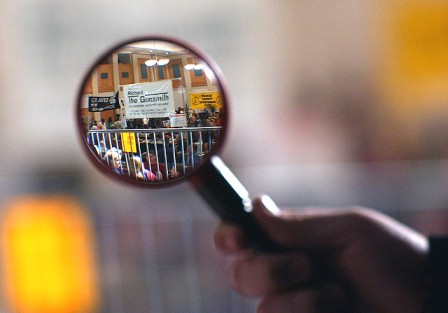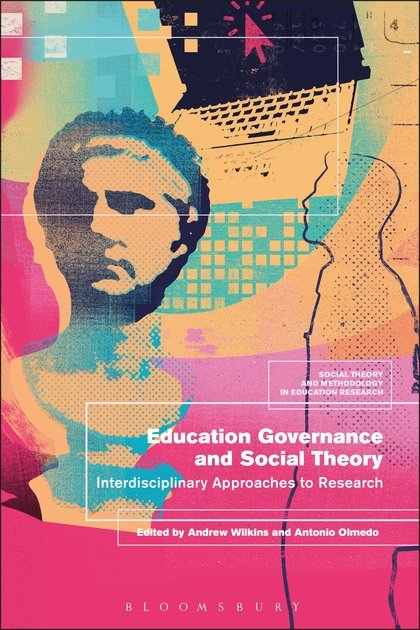There should be no doubt that with case studies what you gain in depth you lose in breadth – this is the unavoidable compromise that needs to be understood from the beginning of the research process. So this is neither an advantage nor a disadvantage as one aspect cancels out the benefits/drawbacks of the other – there are other benefits and drawbacks that need attention however …
Benefits
- Their flexibility: case studies are popular for a number of reasons, one being that they can be conducted at various points in the research process. Researchers are known to favour them as a way to develop ideas for more extensive research in the future – pilot studies often take the form of case studies. They are also effective conduits for a broad range of research methods; in that sense they are non-prejudicial against any particular type of research – focus groups are just as welcome in case study research as are questionnaires or participant observation.
- Capturing reality: One of their key benefits is their ability to capture what Hodkinson and Hodkinson call ‘lived reality’ (2001: 3). As they put it, case studies have the potential, when applied successfully, to ‘retain more of the “noise” of real life than many other types of research’ (Hodkinson and Hodkinson, 2001: 3). The importance of ‘noise’ and its place in research is especially important in contexts such as education, for example in schools where background noise is unavoidable. Educational contexts are always complex, and as a result it is difficult to exclude other unwanted variables, ‘some of which may only have real significance for one of their students’ (Hodkinson and Hodkinson, 2001, 4).
Drawbacks
- The challenge of generality: At the same time, given their specificity, care needs to be taken when attempting to generalise from the findings. While there’s no inherent flaw in case study design that precludes its broader application, it is preferable that researchers choose their case study sites carefully, while also basing their analysis within existing research findings that have been generated via other research designs. No design is infallible but so often has the claim against case studies been made, that some of the criticism (unwarranted and unfair in many cases) has stuck.
- Suspicion of amateurism: Less partisan researchers might wonder whether the case study offers the time and finance-strapped researcher a convenient and pragmatic source of data, providing findings and recommendations that, given the nature of case studies, can neither be confirmed nor denied, in terms of utility or veracity. Who is to say that case studies offer anything more than a story to tell, and nothing more than that?
- But alongside this suspicion is another more insiduous one – a notion that ‘stories’ are not what social science research is about. This can be a concern for those who favour case study research, as the political consequences can be hard to ignore. That said, so much research is based either on peoples’ lives or the impact of other issues (poverty, institutional policy) on their lives, so the stories of what actually occurs in their lives or in professional environments tend to be an invaluable source of evidence. The fact is that stories (individual, collective, institutional) have a vital role to play in the world of research. And to play the specific v. general card against case study design suggests a tendency towards forms of research fundamentalism as opposed to any kind of rational and objective take on case study’s strengths and limitations.
- Preciousness: Having said that, researchers should not fall into the trap (surprising how often this happens) of assuming that case study data speaks for itself – rarely is this ever the case, an assumption that is as patronising to research subjects as it is false. The role of the researcher is both to describe social phenomena and also to explain – i.e., interpret. Without interpretation the research findings lack meaningful presentation – they present themselves as fact when of course the reality of ‘facts’ is one of the reasons why such research is carried out.
- Conflation of political/research objectives: Another trap that case study researchers sometimes fall into is presenting research findings as if they were self-evidently true, as if the stories were beyond criticism. This is often accompanied by a vague attachment to the notion that research is a political process – one that is performed as a form of liberation against for example policies that seek to ignore the stories of those who ‘suffer’ at the hands of overbearing political or economic imperatives. Case study design should not be viewed as a mechanism for providing a ‘local’ bulwark against the ‘global’ – bur rather as a mechanism for checking the veracity of universalist claims (at least one of its objectives). The valorisation of particularism can only get you so far in social research.
[This post is adapted from material in ‘Research and Education’ (Curtis, Murphy and Shields, Routledge 2014), pp. 80-82].
Reference: Hodkinson, P. and H. Hodkinson (2001). The strengths and limitations of case study research. Paper presented to the Learning and Skills Development Agency conference, Making an impact on policy and practice, Cambridge, 5-7 December 2001, downloaded from http://education.exeter.ac.uk/tlc/docs/publications/LE_PH_PUB_05.12.01.rtf.26.01.2013










